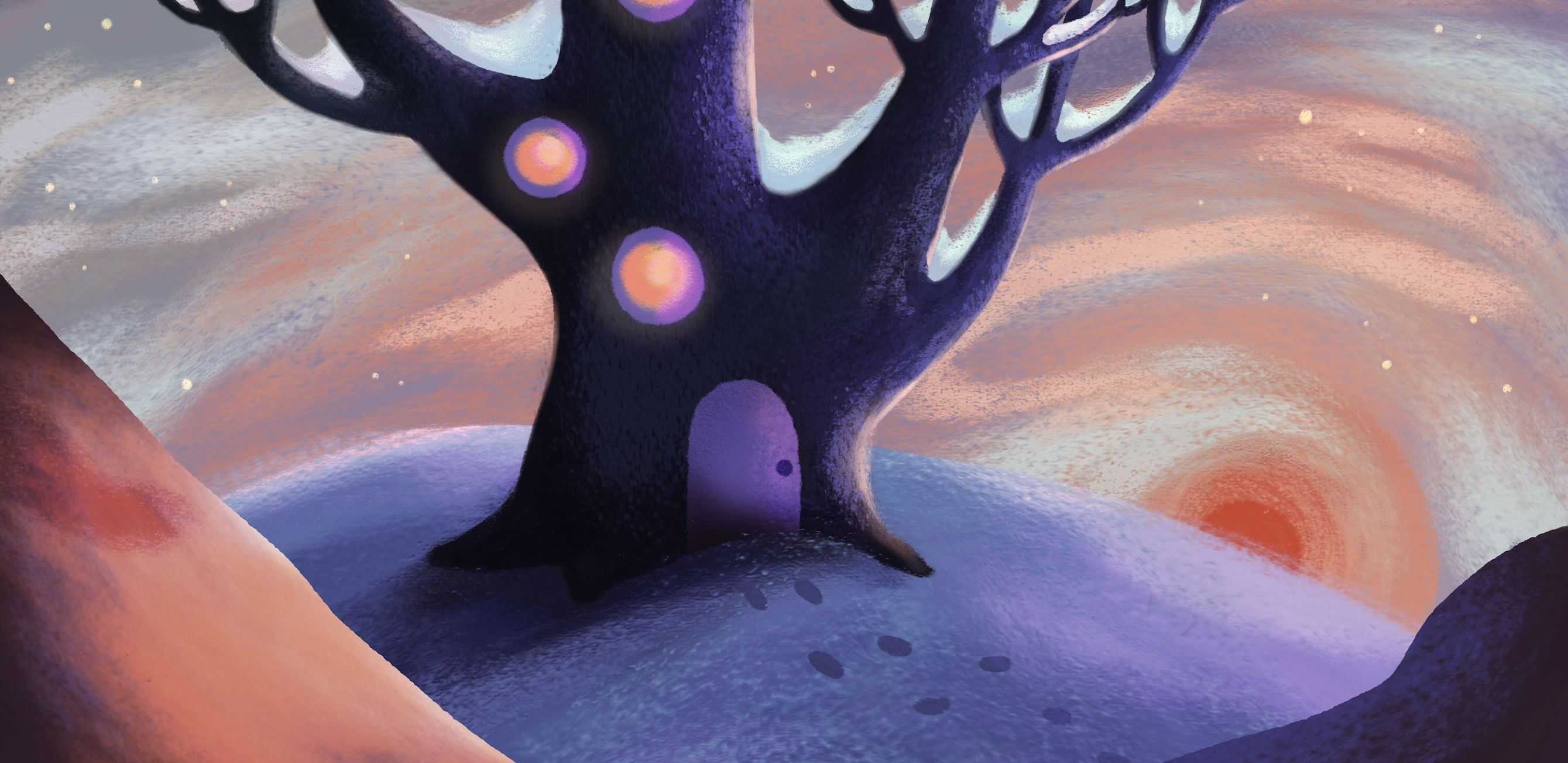Featured Illustrator
Welcome! Oregon SCBWI is proud to feature one Illustrator member each month. Below you’ll find information about this month's artist and links to their portfolio. We encourage you to take a few minutes to learn about this Oregon Illustrator and to enjoy their artwork. If you would like to be featured, contact Robin at: [email protected] or Jordan at: [email protected]
A word from the CoCos about Emi Tan
Emi’s bright, imaginative illustrations capture the joy of storytelling—we hope you enjoy discovering her work as much as we do!
EMI TAN
Emi Tan
Meet Our December Featured Illustrator: Emi Tan. Emi is an illustrator whose work is rooted in curiosity, whimsy, and a lifelong love of picture books. From early days wandering the library stacks to rediscovering her creative voice after a winding career path, Emi’s journey is full of honesty, heart, and hard-won insight. Her playful, instinct-driven art shines with imagination—and her story is just as inspiring. We hope you’ll dive into her full interview and get to know the artist behind the magic.
A Chat with Emi . . .
How did you get started in illustration?
The truth is that I can’t remember a time when I didn’t want to be an illustrator! Like many artists, I was one of those kids who was always drawing and reading. My family went to the library every week, where I’d get lost in the children’s section. Looking through stacks and stacks of picture books was an almost mystical experience, exposing me to different styles of art and storytelling and feeding my own imagination. I’ve always wanted to be part of that world and create the same kind of magic for others.
What is your background?
I studied oil painting in college and pursued a short-lived career in teaching, feeling the pressure to find a “practical” job. But I burned out after six years of trying to keep my head above water and repress the sinking awareness that I was in the wrong place. After leaving the classroom, I explored a few different jobs and ultimately realized that I would never be happy until I allowed myself to meaningfully prioritize my art. After all these twists and turns, I’ve arrived at a place where I’m able to spend more time being creative. I have a couple of part-time jobs that pay the bills (one of which is decorating cookies at a bakery!) and spend the rest of my time working as an illustrator, fine artist, and muralist. My dream for the next step in my career is to strengthen my children’s illustration portfolio and begin seeking agency representation.
What have you learned along the way? What tips can you share?
Make what you want to make, and the rest will follow. Listen to your instinct and lean into whatever is tugging at you. Your work will bear that spark and pull others in. For a long time, I felt like I needed to make “serious” art in order to be a real artist. My whimsical drawings were relegated to margin doodles, grocery lists, and letters to friends. I didn’t think they were worthy of nice paper and good art supplies. It took me years to realize that these doodles were what actually resonated with people, not the tortured abstract paintings I was making for class. More importantly, these doodles were what I was excited to make. Giving myself permission to take them seriously allowed me to take myself seriously, which in turn gave me confidence to share my work with the world and pursue opportunities.
What is your preferred medium and method of working?
I love working digitally because it allows me to keep up with my thoughts and go down rabbit holes with abandon. Working with layers means that I can make drastic changes, and tune into unhinged what-ifs without permanently changing the artwork. Often enough, those unhinged what-ifs end up being the answer I was looking for!
I also love analogue materials, especially acryla gouache, which feels so luscious and creamy. I like using only a few tubes of paint at a time and seeing how many colors I’m able to make from that limited palette. It always surprises me how many colors are right within my grasp! I’m also in love with painting murals—working so large gives me butterflies, but I love getting swallowed up in the process and feeling the satisfaction of brightening up a space for years to come.
I also miss oil painting and can’t wait to find a space with ventilation and a parts washer so that I can rediscover the medium that made me fall in love with painting in the first place.
What do you do when you get stuck or lose motivation to 'get back' to what you're working on?
I’ll be the first to admit that my studio is a graveyard of unfinished projects, but I have two tricks that sometimes help me. The first trick is very superficial and perhaps a bit silly, but I like to create a mise en scène of sorts for myself. I’ll clean up my space. I’ll make myself a cup of tea, which feels like a little treat (as long as I don’t accidentally dip my paintbrush into it!). Whenever I’m fidgety or tempted to give up, the continual sipping seems to offer enough of a distraction to prevent me from wandering away. I also have a number of comfort albums that ground me and make me feel braver when I’m feeling stuck or shaky. My other trick is to set time limits for myself. Having a firm deadline forces me to push through uncertainty and to stop overthinking.
Emi's Illustrations
CLICK IMAGES FOR LARGER VIEW
Recently Featured Illustrators
Visit our past Featured Illustrators by clicking the member cards below.
